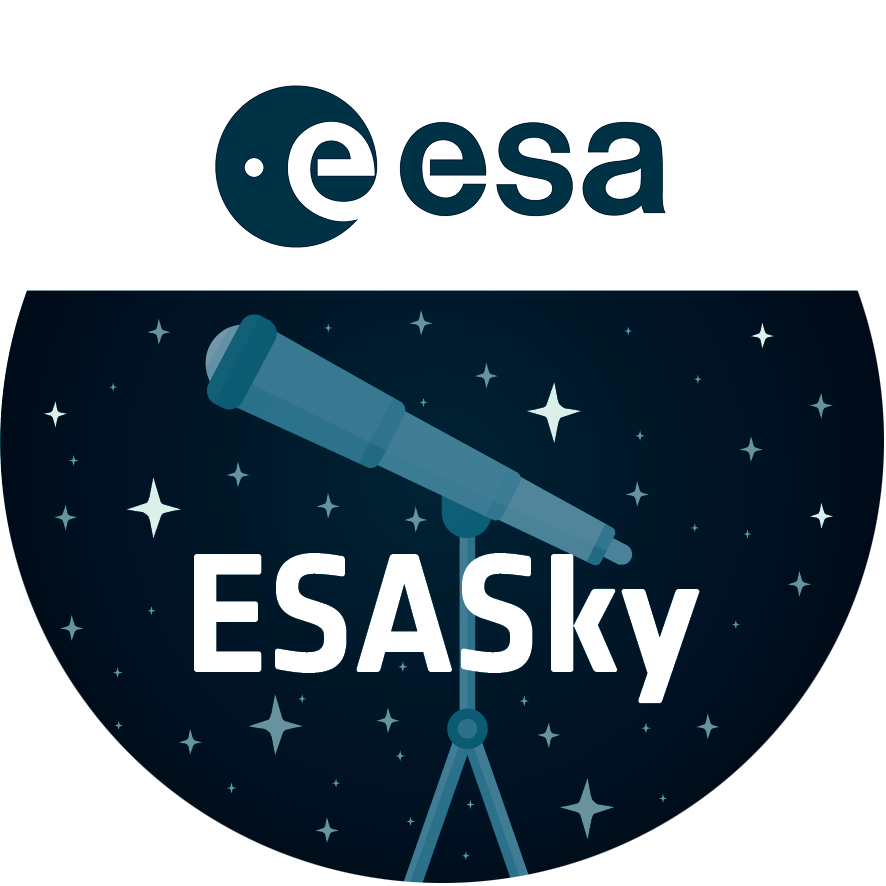The forest for the trees, the galaxy for the stars
This image shows a densely packed field of stars, laid on top of a background of dust, gas, and light from more distant celestial objects. The stars take up so much of the field of view in this image that it is a little tricky to discern that you are in fact looking at most of a galaxy, known as ESO 245-5. This galaxy is a relatively close neighbour of the Milky Way, lying at the fairly modest distance of 15 million light-years from Earth in the constellation Phoenix.
Another reason that it is perhaps a little tricky to spot that ESO 245-5 is a galaxy is its apparent lack of structure. We frequently enjoy Hubble’s spectacular images of spiral galaxies, which are so interesting to look at in part because of their seemingly extraordinarily ordered arms of stars, gas and dust. ESO 245-5, in contrast, is classified as an IB(s)m type galaxy under the system of galaxy classification known as the De Vaucouleurs system. The IB(s)m designation specifically means that the galaxy is irregular (I), barred (B), has a slight spiral structure ((s)), and is of the Magellanic type (m).
Irregular in this context is quite intuitive: the galaxy does not appear to have a regular, ordered structure. In fact, essentially the entire view here is covered by the stars of this galaxy. The second term means that the galaxy has a barred shape at its centre: this is the dense stretch of stars that crosses through the centre of this image. The third term says that there are hints of a spiral structure, but nothing clear or definitive (hence the ‘s’ is bracketed). Finally, the last term indicates ESO 245-5’s similarity to the Magellanic clouds, the two dwarf galaxies that are close neighbours of the Milky Way.
[Image Description: An irregular galaxy: a cloud of tiny, point-like stars on a dark background. The cloud is densest along a broad, curved band across the centre of the image, coloured a faint blue with glowing purplish patches, and the stars grow more dense out to the edges but don’t fully vanish. A few distant background galaxies appear among the stars as glowing spots.]
Links
Credit:ESA/Hubble & NASA, M. Messa
About the Image
| Id: | potw2406a |
|---|---|
| Type: | Observation |
| Release date: | 5 February 2024, 06:00 |
| Size: | 4284 x 3850 px |
About the Object
| Name: | ESO 245-5 |
|---|---|
| Distance: | 15 million light years |
| Constellation: | Phoenix |
| Category: | Stars |
Image Formats
Coordinates
| Position (RA): | 1 45 4.45 |
|---|---|
| Position (Dec): | -43° 35' 33.97" |
| Field of view: | 2.83 x 2.54 arcminutes |
| Orientation: | North is 61.6° right of vertical |
Colours & filters
| Band | Wavelength | Telescope |
|---|---|---|
| Ultraviolet UV | 275 nm |
Hubble Space Telescope
WFC3 |
| Optical U | 336 nm |
Hubble Space Telescope
WFC3 |
| Optical B | 438 nm |
Hubble Space Telescope
WFC3 |
| Optical y | 547 nm |
Hubble Space Telescope
WFC3 |
| Optical I | 814 nm |
Hubble Space Telescope
WFC3 |


